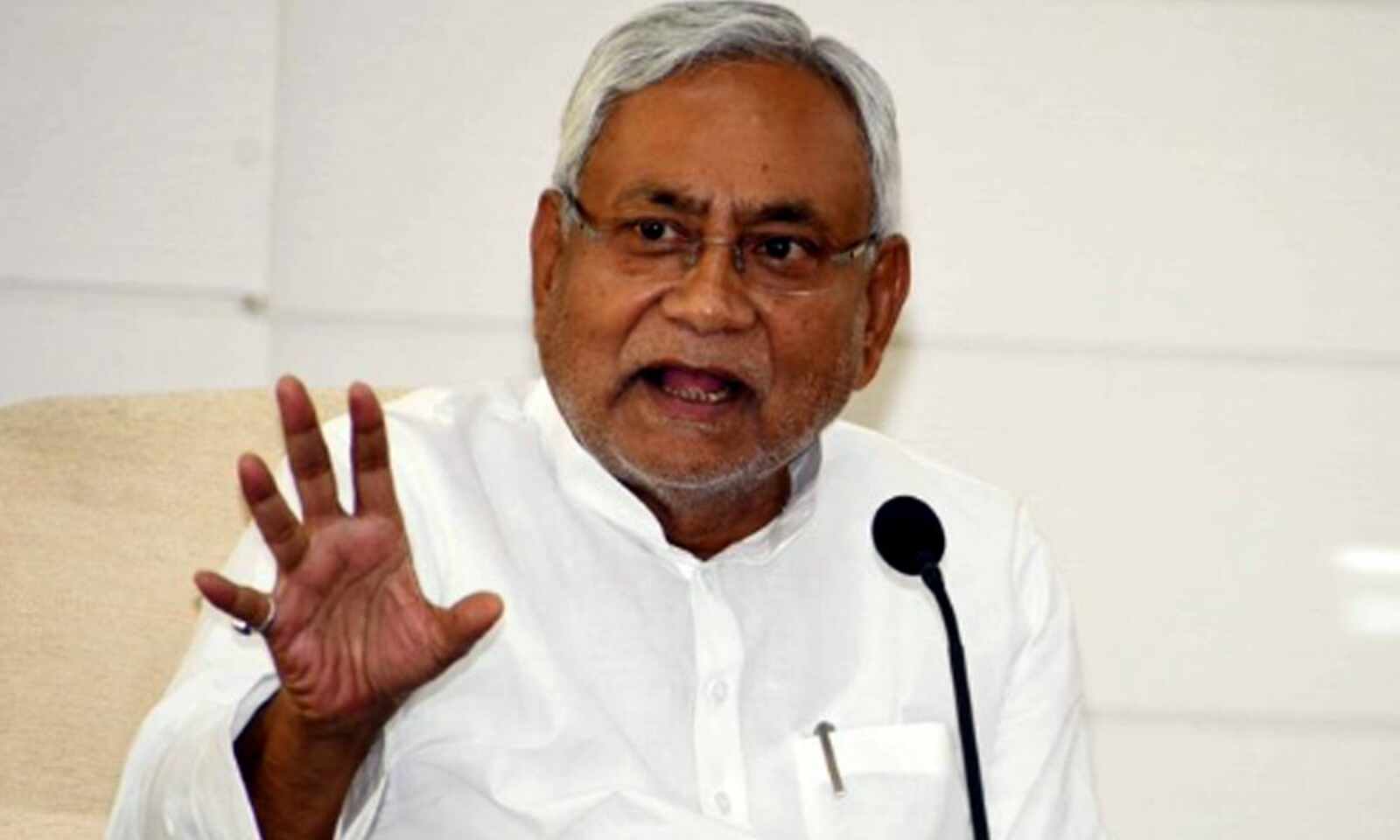
The Nitish Kumar government in Bihar on Monday released findings of its much-awaited caste survey which revealed that members of the Other Backward Classes (OBCs) and Extremely Backward Classes (EBCs) constitute a whopping 63% of the state’s total population.
According to the data released here by Development Commissioner Vivek Singh, the state’s total population stood at a little over 13.07 crore, out of which the Extremely Backward Classes (36%) were the largest social segment followed by the Other Backward Classes at 27.13%.
The survey also stated that Yadavs, the OBC group to which Deputy Chief Minister Tejashwi Yadav belongs, were the largest in terms of the population, accounting for 14.27% of the total.
Dalits, also known as the Scheduled Castes, accounted for 19.65% of the total population in the state, which is also home to nearly 22 lakh (1.68%) people belonging to the Scheduled Tribes.
Those belonging to the “unreserved” category, which denotes the proverbial “upper castes” who dominated politics till the Mandal wave of 1990s, comprise 15.52% of the total population. The survey also establishes that the state’s population is overwhelmingly Hindu, with the majority community comprising 81.99% of the total population, followed by Muslims (17.70%).
Christians, Sikhs, Jains and those following other religions as also the non-believers have a miniscule presence, together making up for less than one per cent of the total population.
Chief Minister Nitish Kumar came out with a statement lauding the teams of government officials who undertook the gigantic exercise. He also said, “A meeting will soon be convened of all the nine political parties with an electoral presence in the state legislature and the facts and figures will be shared with them.”
RJD president Lalu Prasad, who is Kumar’s ally as well as the father of his deputy Tejashwi Yadav, also issued a statement, declaring that the exercise will set the tone for “a nationwide caste census which will be undertaken when we form the next government at the Centre”.
Both Prasad and Kumar have played an instrumental role in the formation of the I.N.D.I.A coalition, which affirmed its commitment to holding a caste census at a meeting it held in Bengaluru recently. Notably, the survey was ordered last year after the Narendra Modi government at the Centre made it clear that it would not be able to undertake a headcount of castes other than SCs and STs as part of the census.
The last time, a headcount of all castes was undertaken, was way back in 1931. Those calling for a fresh caste survey insist that a new estimate was required mainly for the weaker sections of the society which, with improved life expectancy in the post-Independence era, must have seen a rise in their proportion of the population.
The state cabinet gave its nod to hold a caste survey on 2 June last year when it also allocated an amount of Rs 500 crore for the mammoth exercise. The survey briefly ran into rough weather when it was stayed by the Patna High Court which was hearing a bunch of petitions challenging the exercise.
However, the deadline it then set, of February 2023, was overshot and the survey itself could take off no sooner than 7 January this year. Leaders of the ruling Mahagathbandhan in the state have been alleging that those filing petitions were “BJP supporters”, a charge denied by the saffron party which underscores that it was in the government when the cabinet nod was given for the survey.
Caste survey should have reflected changed social realities: Bihar BJP
PATNA: The Opposition BJP in Bihar on Monday voiced dissatisfaction with the caste survey conducted by the Nitish Kumar government, stressing that it did not give an idea of the “changed social and economic realities” over the years. State BJP president Samrat Choudhary emphasised that his party had “given its consent” for the exercise and would make an assessment of the findings which have now been made public. “The BJP will give a statement on the findings after studying the same. However, we wish the survey had studied the social and economic conditions of different castes and placed these on record. We need to take in to account the changed social and economic realities,” Choudhary told reporters here. According to the figures released by the government, OBCs and EBCs constitute more than 63% of the state’s total population. The findings are likely to give a boost, in the state, to the ruling “Mahagathbandhan” which claims to represent the interests of OBCs and EBCs. Two of the largest constituents of the ruling alliance, Chief Minister Nitish Kumar’s JD(U) and Lalu Prasad’s RJD, are run by leaders owing their rise to the Mandal wave of 1990s, which helped OBCs gain political primacy in a state traditionally dominated by the upper castes. The BJP, which has been generally seen as being pro-upper caste, has begun warming up to the changed political landscape, as evident from the rise of OBC leaders like Choudhary and Union minister Nityanand Rai who headed the party’s state unit earlier. Choudhary’s statement is in line with the contention that over the years, the condition of many among the upper castes has “worsened”, a reason why the Narendra Modi government at the Centre introduced quotas for the economically weaker sections.